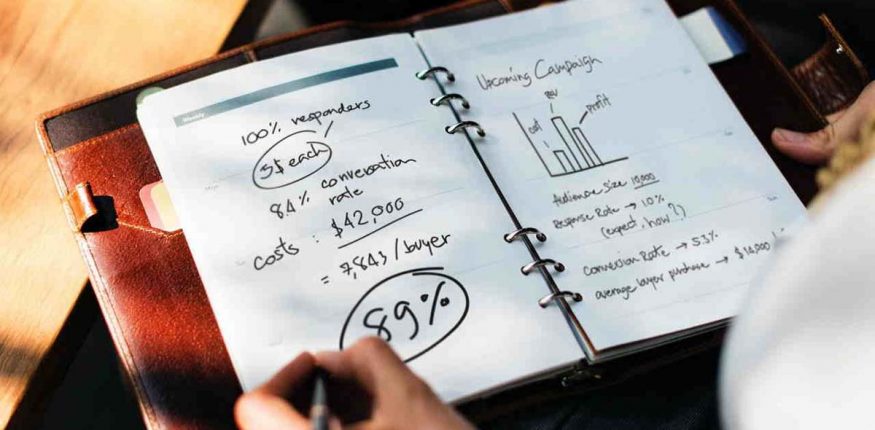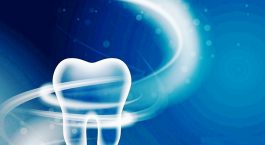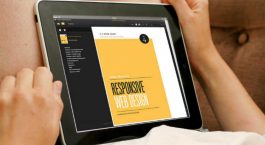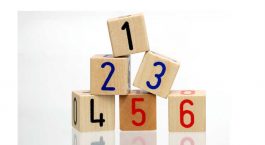If you have ever bought anything online, you might be under the impression that the decision to buy was all down to you, however, it is almost certain that web designers played a part in your decision too. Now, you might be thinking “Nonsense” because you do not know any web designers or are certain that it was purely your desire for a product that led you to purchase it, but we are here to tell you that your decision was influenced, to some extent, by outside forces.
By “outside forces” we are not suggesting that you were brainwashed by some evil force, nor that you did not choose whatever you bought of your own free will. However, it is also the case that whenever websites are designed, especially those that want those visiting to make a decision to buy or at least take some form of action, some of the design elements of that website were chosen for how they play a role in human psychology.
Sparking Emotions
To many outsiders, website designs are the way they are due to choices made about appearance, colours, and layout. To some extent they are, but deeper than that, many elements that appear on websites follow well-established design psychology principles. As such, they are present in a website’s design to elicit psychological responses from those who visit that website.
Again, we are not talking about nefarious activities forcing people to buy something against their will. Even so, design psychology, whether it be on a website or other creative media, can influence people, but no amount of it will force a person to buy something they neither need, want, or like. Instead, it may spark some emotional response within a person, to make them feel more positive about the website they are on and the products for sale therein.
Web Design Psychology Principles
How web designers seek to elicit responses from website visitors, such as them ultimately buying a product, is achieved by following well-established web design psychology principles, some of which we have outlined below.
Space: Derived from a website’s layout, the amount of space on each page is important. Cluttered websites do not find favour with those who land on them, and so the more space there is, the more positively a website is regarded.
Colour: Colour can play a pivotal role in design psychology and is used across many mediums and not just websites. Examples are blue promotes trust and calm, green is natural, and red is seen as a passionate colour
Content: From the very first advertisement in print, words have played a huge role in sales and marketing. That remains so, but on websites, other than ads, there is content and many opportunities to create emotional responses in those who read it.
Ease Of Use: When in a store, shoppers want to find their way around easily and if they can they are more likely to decide to buy. That exact principle applies to a website and thus it must be designed in a way that makes navigating throughout easy for visitors, otherwise, they will quickly leave.
Typography: Although the text on a website may often not be given a second thought by those reading it, when it comes to designing it, the fonts and typography throughout are carefully selected. Older fonts tend to suggest trust and authority, whereas newer fonts indicate freshness and modernity.




